A chat with Andrew Davies
Wildlife and landscape photographer Andy is inspired by the natural world, particularly the bird life on the beautiful West Wales coast where he lives. We chatted to the former university lecturer, who now combines his love of photography and his passion for teaching in a series of photographic and video workshops at home and overseas.
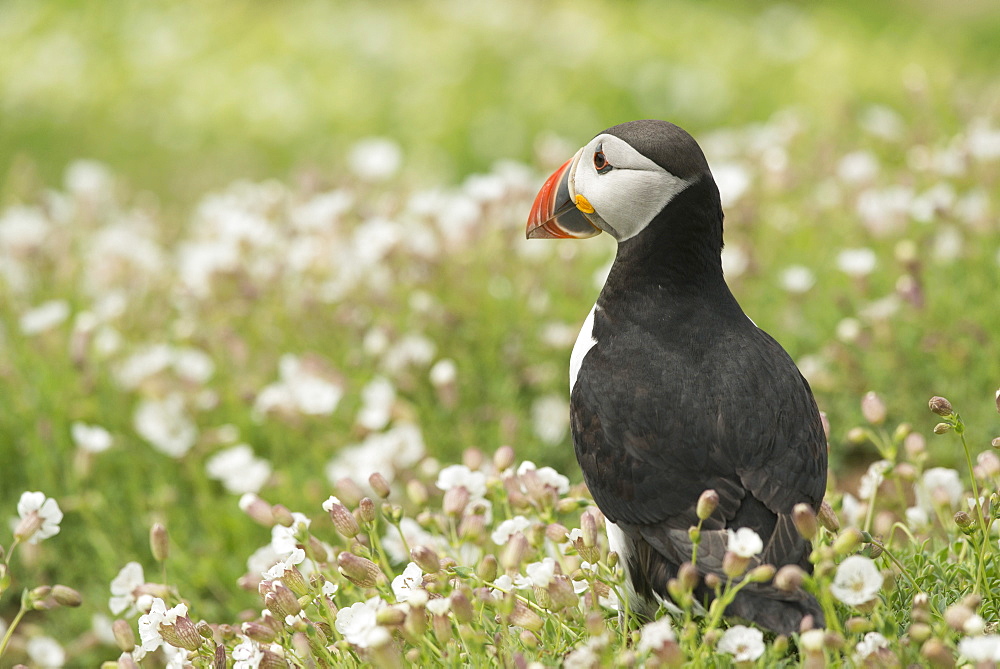
How did you first get into photography?
I was given a Kodak 110 ‘spy’ camera for Christmas when I was about 10 and then my father brought an Olympus OM1 home from work in my early teens. I loved its design and quality and became hooked on taking pictures with it.
During my university years photography became my passion during weekly mountain hikes in the Brecon Beacons National Park with a friend who was an experienced photographer. This led to us writing a guidebook to the park in which my images appeared.
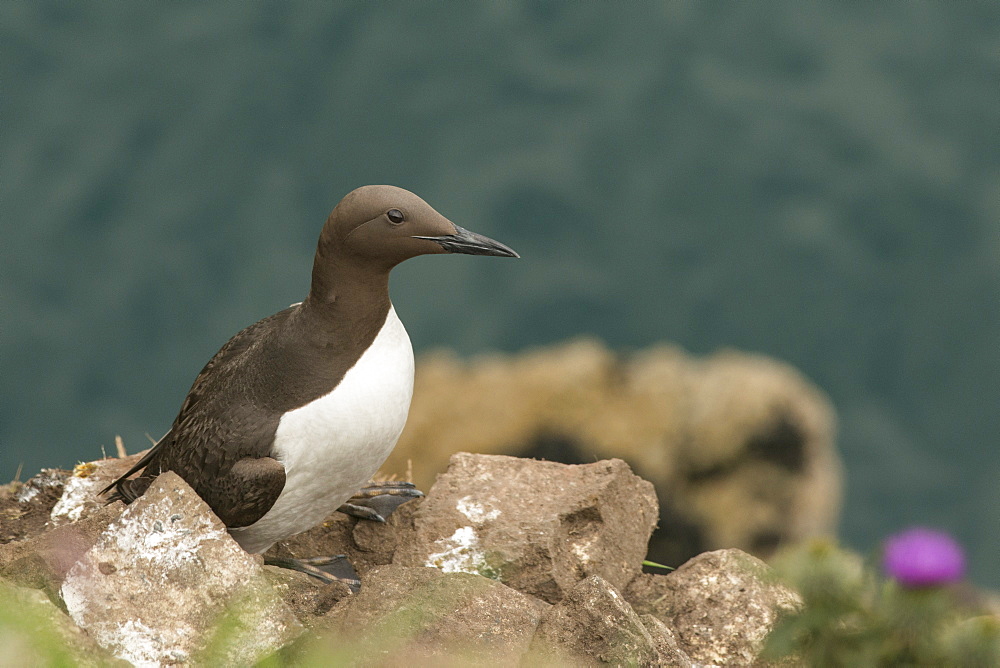
What are your favourite destinations and subjects and why?
I spend a great deal of my time teaching photography on Skomer Island and never get bored of photographing the puffins there. I concentrated on capturing puffins, guillemots and razorbills ‘flying’ underwater last year when there was exceptional underwater visibility during July.
How would you describe your style?
My aim is show the natural world at its best so I am always researching new subjects and locations for the best opportunities. I have been experimenting with very low point of view shots by resting the camera on the ground or holding it just above the surface of a rock pool, pressing the shutter and then discovering what has come up on the preview screen.
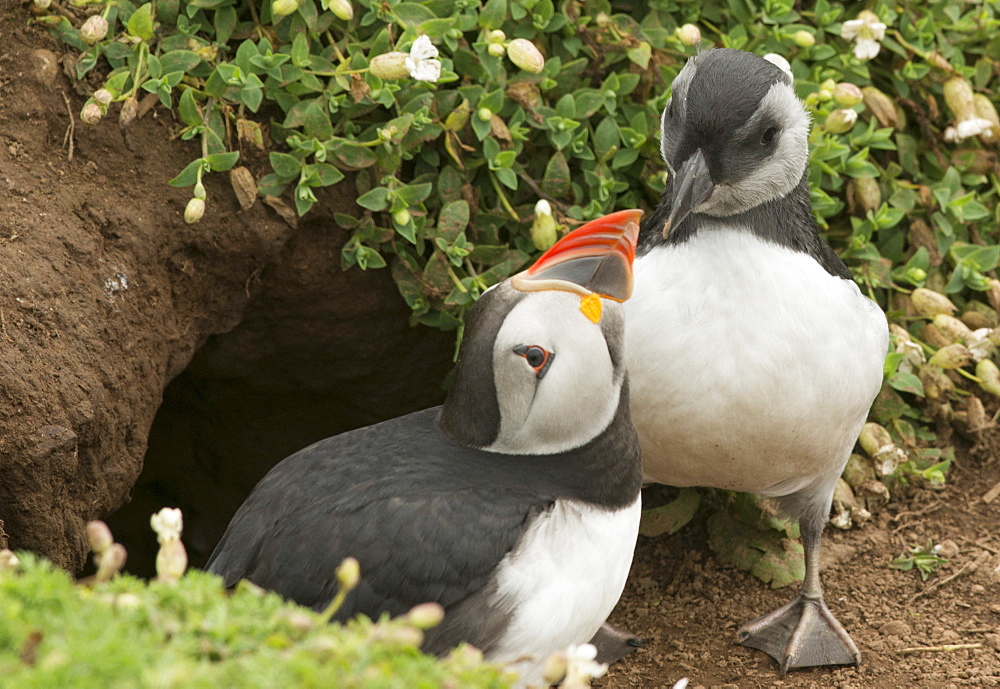
My own personal work involves abstracting a key feature of a plant or animal and then isolating it using very shallow depth of field resulting in an impressionistic style. Favourite subjects include fish scales, sea anemones and flowers.
Can you recall a favourite experience on your travels?
The one that stands out is the first time I saw a whale shark whilst leading a group for Aqua-Firma in the Seychelles. We were just preparing for a morning dive on the first day when a six metre whale shark swam around the stern of the boat. It looked unbelievably prehistoric and it felt like I had just been transported onto the set of Jurassic Park. I then spent the rest of a very energetic week snorkelling with them whilst capturing some incredible images.

What are your tips for taking a good photo?
Above all be very comfortable in being able to control the camera so you can fully exploit the creative opportunities that it has to offer. The first subject I teach in my workshops is how the human optical system perceives the real world and then how we can use the camera to make images that can have a remarkably different look and feel, which is what I call ‘creative photography’. Teaching photography for six years has meant that I have had to explore and understand every aspect and this has really transformed my own commissioned work.
Also, a thorough knowledge of your subject can greatly improve the pictures you capture. For example, I spent three weeks summarising a book on puffins that I posted on my website for clients coming on my workshops. This detailed knowledge meant that I could often predict when certain behaviour was likely to happen such as a fight or where a puffin would fly with a beak full of sand eels.

My last piece of advice is to understand how images communicate emotion, mood or a story. This involves appreciating how humans ‘read’ images and what visual constructs can be employed by the image maker to achieve an image that works.
What advice would you give for young photographers starting out?
Digital cameras appear to be incredibly complex devices but, as I remind participants on my workshops, they work in essentially the same way as when the first camera was invented that had a lens, a shutter and a medium for capturing photons. The time taken to become proficient in photography has been shortened dramatically with the ability to review an image along with its metadata as soon as it has been taken.
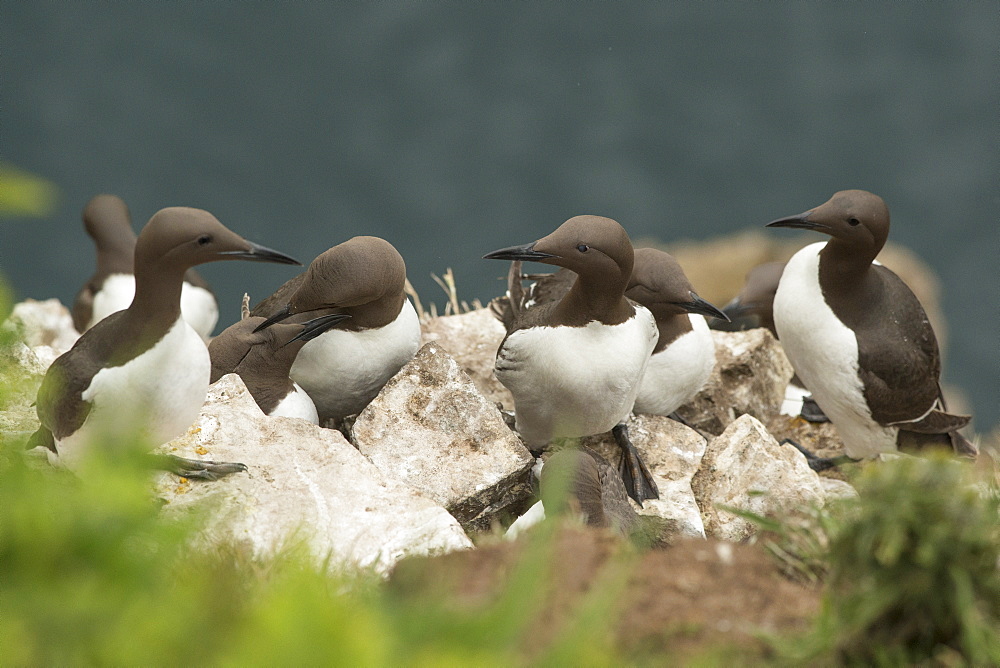
What is your dream destination to shoot?
The Raja Ampat islands in Indonesia’s West Papua province. This area is the centre of marine biodiversity in the world and the islands have pristine rain forest without even the influence of local tribes in some places. This would be the ultimate location for my overseas workshops!
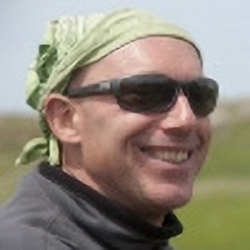
Andrew’s profile on robertharding.com
WHO ARE ROBERTHARDING?
Have you ever found a picture that takes your breath away? It visually captivates that nostalgic, engaging, and exciting feeling that brings to life an adventure you can’t wait to explore. This is what founded the global leading travel & nature photography agency – robertharding.com
Founded by professional photographer Robert Harding in 1972, his passion for travel & use of nature & culture as his canvas, lead to the representation of hundreds of independent artists creating a collection of exceptional footage & stock photography. The very finest in visual storytelling.
Is licensing photography a part of your working day? let us lighten the load with custom rates, free research, photo shout-outs to our network of photographers for those tricky to find images and much more.
